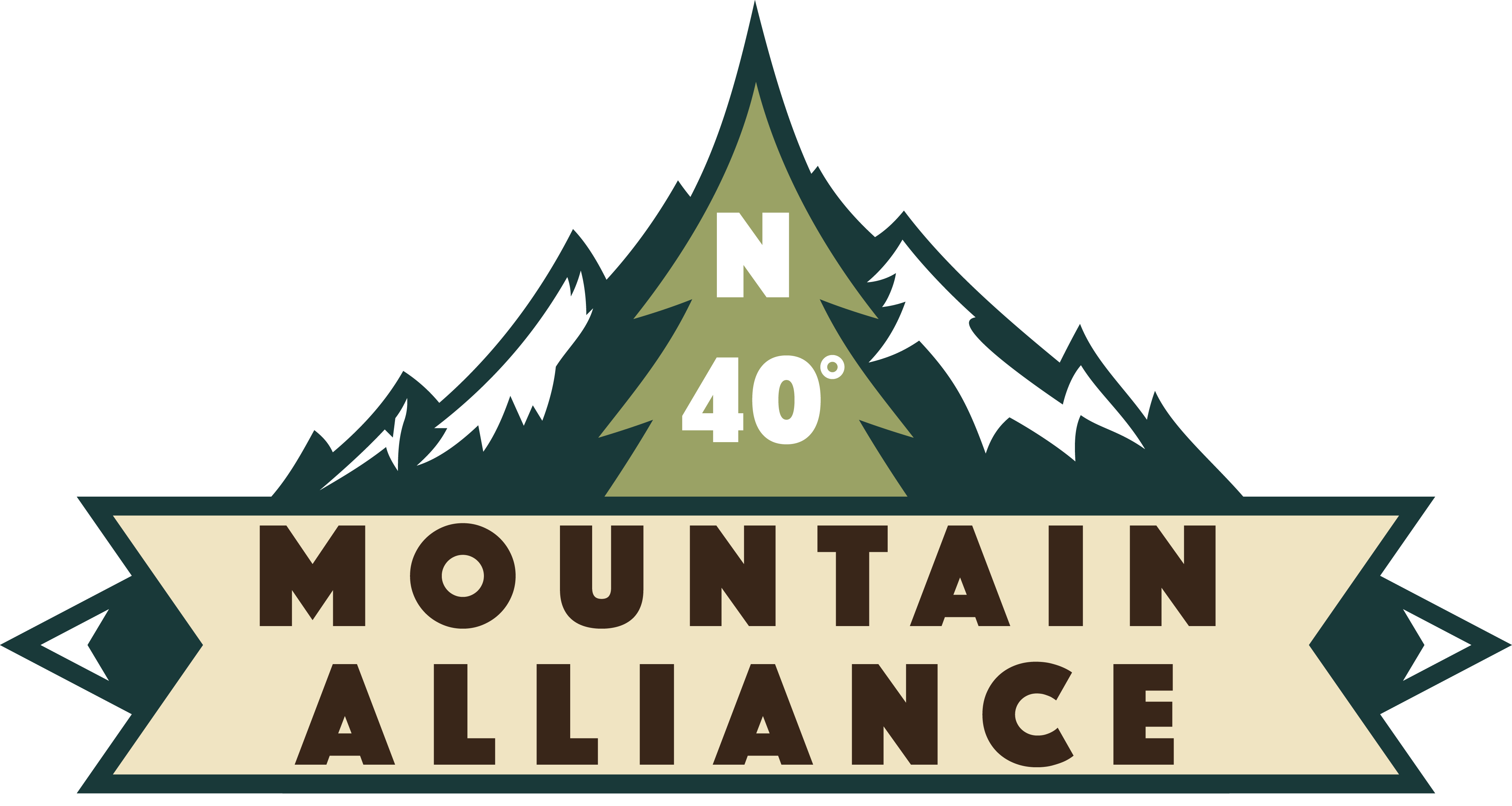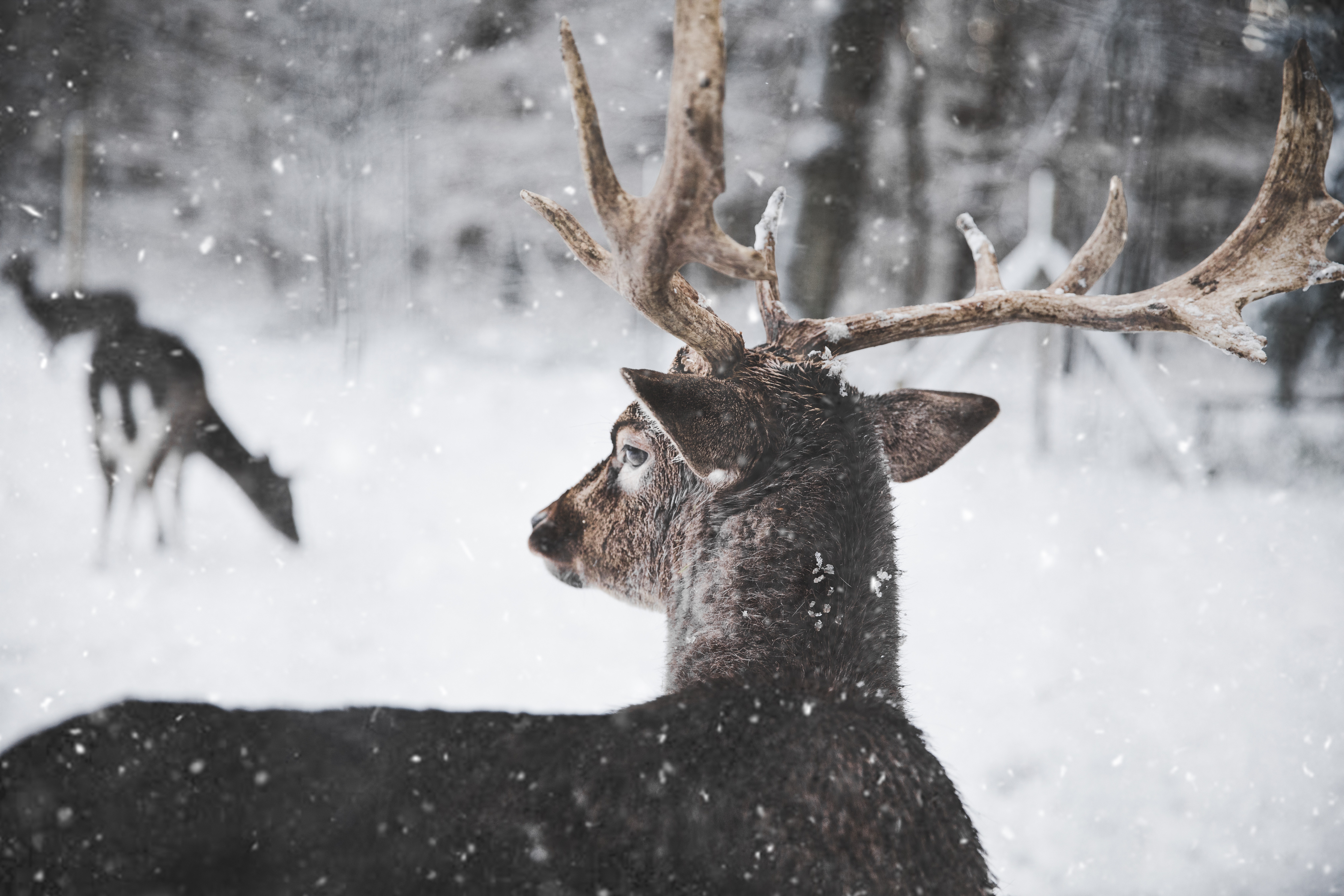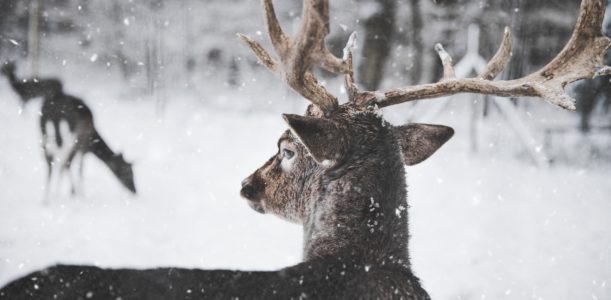
Tips on preparing for Snowstorms, Blizzards & Extreme Cold.
Winter storms create a higher risk of car accidents, hypothermia, frostbite, carbon monoxide poisoning, and heart attacks from overexertion. Winter storms and blizzards can bring extreme cold, freezing rain, snow, ice, and high winds. A winter storm can:
- Last a few hours or several days;
- Knock out heat, power, and communication services; and
- Place older adults, young children, and sick individuals at greater risk.
IF YOU ARE UNDER A WINTER STORM WARNING, FIND SHELTER RIGHT AWAY
- Stay off roads if at all possible.
- If you have to drive to work consider staying with a friend or getting a hotel room in town.
- Stay indoors and dress warmly.
- Prepare for power outages.
- Charge your cellphone and make lists of emergency contacts.
- Be sure that you have the contact numbers for friends and family members, your power company and any other numbers that might be helpful.
- Consider filling out our registry at https://n40alliance.org/index.php/register – we have resources that can help when you need it, but only if we know you need help and who you are!
- Use generators outside only and away from windows.
- Listen for emergency information and alerts.
- Look for signs of hypothermia and frostbite.
- Check on elderly or handicapped neighbors if you can.
Get Prepared NOW
- Know our area’s risk for winter storms. Extreme winter weather can leave the Red Feather area without utilities or other services for long periods of time.
- Prepare your home ahead of time to keep out the cold with insulation, caulking, and weather stripping. Learn how to keep pipes from freezing. Install and test smoke alarms and carbon monoxide detectors with battery backups.
- Pay attention to weather reports and warnings of freezing weather and winter storms. Sign up for your community’s warning system. The Emergency Alert System (EAS) and National Oceanic and Atmospheric Administration (NOAA) Weather Radio also provide emergency alerts.
- Gather supplies in case you need to stay home for several days without power.
- Keep in mind each person’s specific needs, including and especially medication or oxygen.
- Stock up on essentials. Well before a storm hits, make sure that you have at least a three-day supply of non-perishable foods, water, first aid supplies, pet supplies, batteries, canned heat, flashlights, candles, and heating fuel in case you become isolated in your home by heavy snow, ice or fallen trees.
- Get all your snow removal tools and equipment ready to go. Consider keeping a snow shovel inside where you can get to it easily.
- You should also have rock salt to melt ice on walkways, lots of clothing and blankets to keep you warm, and a snow shovel to remove snow from around your vehicle if necessary.
- Consider purchasing a battery-operated NOAA weather radio if you don’t already own one, so you can get updates on changing weather conditions.
- Also consider a hand-crank flashlight.
- Some ideas for emergency foods to have on hand include:
- Instant oatmeal and soup
- Crackers
- Granola bars
- Canned goods including soup, vegetables, fruit, chili and tuna
- Applesauce, fruit and pudding cups
- Hot cocoa and instant coffee
- Boxed juices
- Cereal
- Shelf-stable milk
- Do not forget the needs of pets.
- Have extra batteries for radios and flashlights.
- If you use wood to heat your home consider bringing extra wood inside and stacking it (away from ignition sources) on old rugs or cardboard.
- If you can, have an alternative source of heat, such as a propane tent heater. PAY VERY CLOSE ATTENTION TO VENTILATION REQUIREMNTS – you don’t want to survive the blizzard only to die from Carbon Monoxide Poisoning!
- Create an emergency supply kit for your car. Include jumper cables, sand, a flashlight, warm clothes, blankets, bottled water, and non-perishable snacks. Keep the gas tank full.
- Learn the signs of, and basic treatments for, frostbite and hypothermia.
Surviving During a Blizzard
- Stay off roads if at all possible. If trapped in your car, then stay inside.
- Limit your time outside. If you need to go outside, wear layers of warm clothing. Watch for signs of frostbite and hypothermia.
- Avoid carbon monoxide poisoning. Only use generators and grills outdoors and away from windows. Never heat your home with a gas stovetop or oven.
- Reduce the risk of a heart attack. Avoid overexertion when shoveling snow.
- Watch for signs of frostbite and hypothermia and begin treatment right away.
- Check on neighbors. Older adults and young children are more at risk in extreme cold.
- Know when to go to a shelter. If your home loses power for an extended period, you run out of supplies or the weather is extremely cold, text SHELTER + your ZIP code to 43352 (4FEMA). The Federal Emergency Management Agency (FEMA) will text you the location of the nearest shelter if one is available, and contact us at the North 40 Mountain Alliance (https://n40alliance.org/) – we can help you find resources.
Recognize the Signs
- Frostbite causes loss of feeling and color around the face, fingers, and toes.
- Signs: Numbness, white or grayish-yellow skin, firm or waxy skin
- Actions: Go to a warm room. Soak in warm water. Use body heat to warm. Do not massage or use a heating pad.
- Hypothermia is an unusually low body temperature. A temperature below 95 degrees is an emergency.
- Signs: Shivering, exhaustion, confusion, fumbling hands, memory loss, slurred speech, or drowsiness
- Actions: Go to a warm room. Warm the center of the body first—chest, neck, head, and groin. Keep dry and wrapped up in warm blankets, including the head and neck.


